Exploring the World of Pilates: Springs, Springboards, and Spring Walls
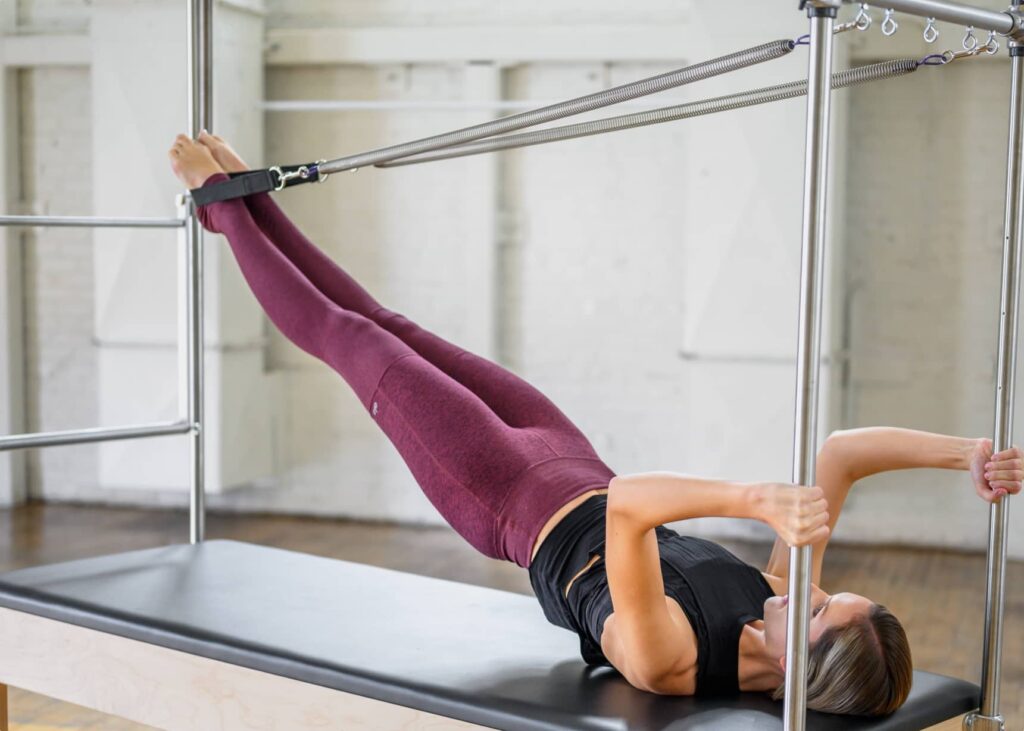
Table of Contents
Pilates, a form of low-impact exercise that emphasizes strength, flexibility, and overall body conditioning, utilizes various specialized equipment to enhance the workout experience. Key among these are the Pilates springs, springboards, and spring walls, each offering unique benefits and functionalities. This article delves into these essential components of Pilates practice, explaining what they are, the significance of their color coding, and how they contribute to an effective Pilates routine.

Understanding Pilates Springs
Pilates springs are integral to many Pilates apparatuses, such as the Reformer, Cadillac, and Wunda Chair. These springs provide variable resistance, allowing practitioners to tailor the intensity of their exercises. The adjustable resistance is crucial for both strength training and flexibility improvement, making Pilates accessible and beneficial for people of all fitness levels.
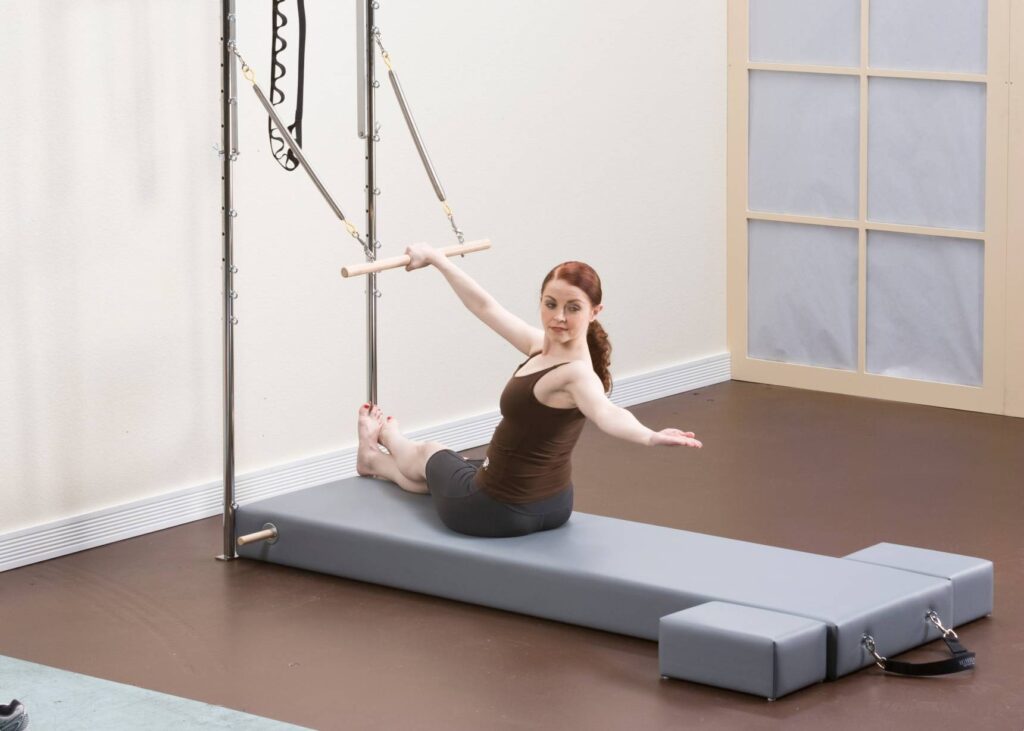
The Meaning of Pilates Spring Colors
The color coding of Pilates springs is a practical feature designed to indicate different resistance levels. Although the exact colors and resistance levels can vary between manufacturers, there are common standards used in the industry:
Yellow Springs: Typically the lightest resistance, yellow springs are ideal for beginners or for exercises that require a gentle touch.
Blue Springs: Offering medium-light resistance, blue springs are perfect for those looking to add a bit more challenge without overexertion.
Red Springs: These provide medium resistance and are frequently used for a wide range of standard Pilates exercises.
Green Springs: Representing the heaviest resistance, green springs are used for exercises that demand significant strength.
Black Springs: Occasionally found in some equipment, black springs offer the highest resistance level, suitable for advanced users and very demanding exercises.
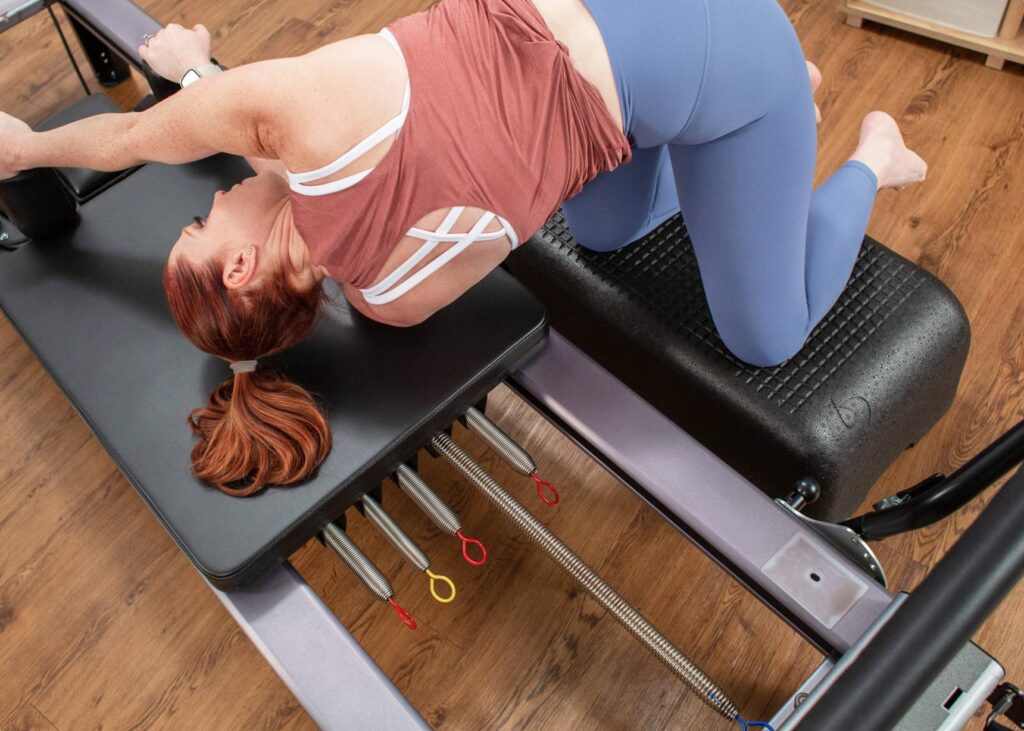
The Pilates Springboard
A Pilates springboard is a compact, wall-mounted piece of equipment that utilizes springs to provide resistance. It features multiple attachment points, enabling a wide array of exercises targeting different muscle groups. The springboard is particularly popular in home and small studio settings due to its space-saving design. It allows for comprehensive resistance training without the need for bulky equipment, making it an efficient tool for enhancing strength and flexibility.
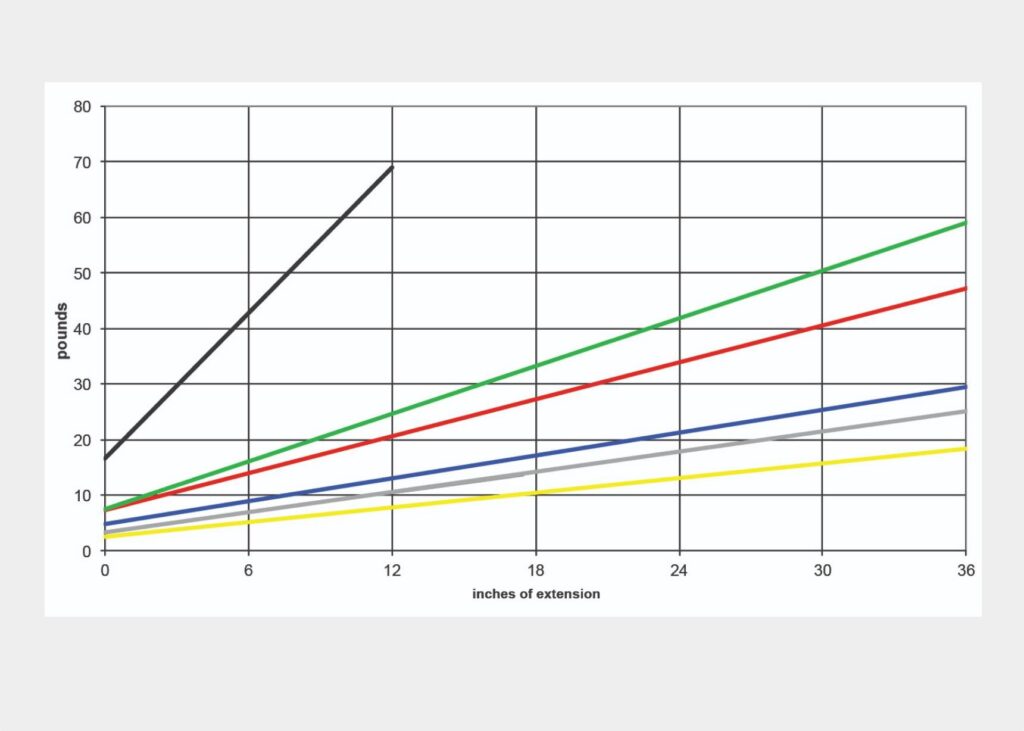
Introduction to Spring Wall Pilates
Spring wall Pilates involves exercises performed on a vertical apparatus equipped with springs, bars, and loops. Similar to the springboard, the spring wall offers adjustable resistance and can accommodate a variety of exercises. This versatility makes it a valuable addition to any Pilates routine, providing opportunities to work on strength, balance, and flexibility. The spring wall’s adaptability means it can be used by practitioners of all fitness levels, from beginners to advanced athletes.
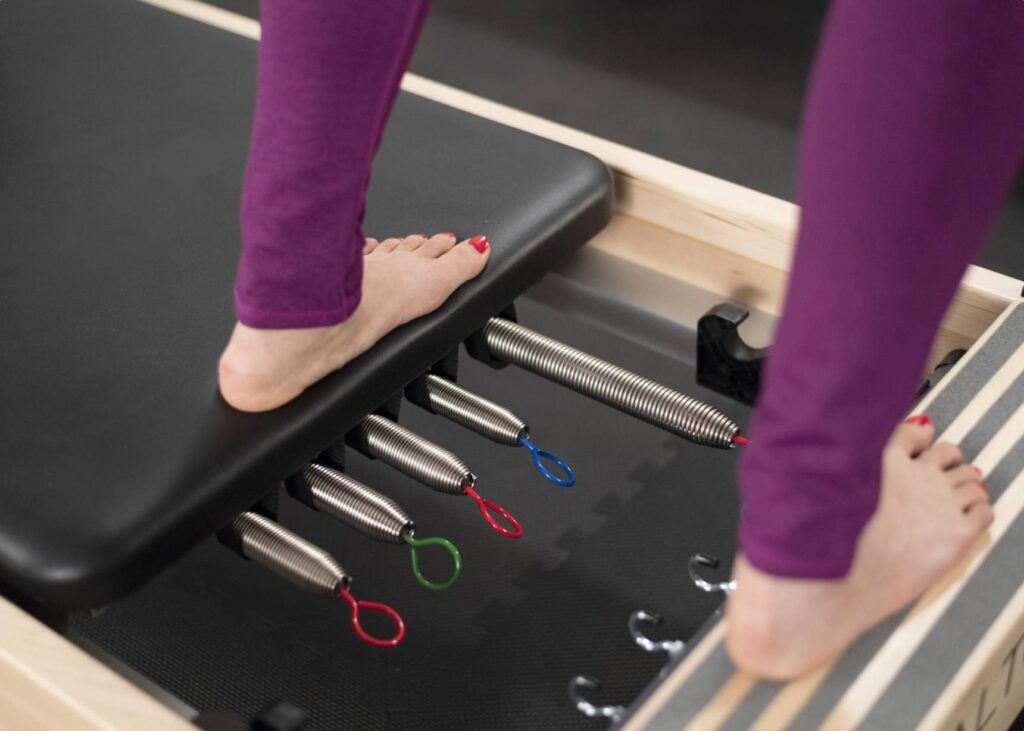
Conclusion
Incorporating Pilates springs, springboards, and spring walls into your exercise routine can significantly enhance the effectiveness and enjoyment of your workouts. Understanding the different resistance levels indicated by spring colors helps in selecting the appropriate intensity for your exercises. Meanwhile, the versatility and space efficiency of the springboard and spring wall make them excellent choices for a well-rounded Pilates practice. By integrating these tools, you can improve your strength, flexibility, and overall physical fitness, achieving a more balanced and healthier body.
Hey there partner !
How can we help you today?
Raetin’s Blog
Welcome to the Raetin
Your go-to destination for custom tips, newest design trends, and inspiration.



